10 Jul 2021
Scott Watson Steps Down as Director of the Belkin
-
Scott Watson
Scott Watson (Canadian, b. 1950) is Director Emeritus and Research Fellow at the Morris and Helen Belkin Art Gallery, University of British Columbia. A curator whose career has spanned more than thirty-five years, Watson is internationally recognized for his research and work in curatorial and exhibition studies, contemporary art and issues, and art theory and criticism. His distinctions include the Hnatyshyn Foundation Award for Curatorial Excellence in Contemporary Art (2010); the Alvin Balkind Award for Creative Curatorship in BC Arts (2008) and the UBC Dorothy Somerset Award for Performance Development in the Visual and Performing Arts (2005). Watson has published extensively in the areas of contemporary Canadian and international art. His 1990 monograph on Jack Shadbolt earned the Hubert Evans Non-Fiction Prize in 1991. Recent publications include Letters: Michael Morris and Concrete Poetry (2015); Thrown: British Columbia’s Apprentices of Bernard Leach and their Contemporaries (2011), a finalist for the 2012 Roderick Haig-Brown Regional Prize; “Race, Wilderness, Territory and the Origins of the Modern Canadian Landscape” and “Disfigured Nature” (in Beyond Wilderness, McGill University Press, 2007); and “Transmission Difficulties: Vancouver Painting in the 1960s” (in Paint, Vancouver Art Gallery, 2006).
Read More
On June 30, 2021, Scott Watson stepped down as Director and Curator of the Morris and Helen Belkin Art Gallery. During his 32-year tenure as Director and Curator – of the UBC Fine Arts Gallery (1989-1995) and then of the Belkin (1995-2021) – Watson brought a strong innovative curatorial direction and management of the gallery’s exhibitions, collections, programs and publications by consistently placing Canadian, Indigenous and international practices together to allow for a complex dialogue to emerge over time.
Arriving at the UBC Fine Arts Gallery in 1989, then located in the basement of the old Main Library, Watson turned a two-employee exhibition gallery into a professional collecting contemporary art institution with a strong local impact and an international reach. Under Watson’s leadership, the Belkin’s staff has grown to 14 with as many student and intern positions, and includes the establishment of the Registrar, Archivist and Curator of Academic Programs positions.
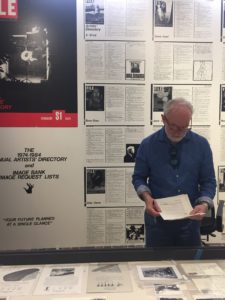
Watson leaves his imprint both on the gallery’s physical building and the collection and archive, working with the late architect Peter Cardew on the design and construction of the current Belkin Art Gallery. As part of the new building, Watson established the Belkin’s Archive – including its significant collection of concrete poetry – that is now an important resource for international researchers and scholars, and guided the development of the Belkin’s permanent art collection to over 5,000 works, acquiring pieces that extend the narrative of the local and its connection to the international. In 2003, Watson co-founded the Critical and Curatorial Studies graduate program and more recently, worked on the creation of an outdoor art policy that formed the basis of UBC’s Public Art Strategy for campus. Watson has published extensively in the areas of contemporary Canadian and international art, including critical essays and monographs on Jack Shadbolt, Stan Douglas, Maria Eichhorn, Tom Burrows and Michael Morris.
Watson encouraged partnerships both locally and internationally. For Utopian Territories: New Art from Cuba (1997), the Belkin partnered with seven other galleries to present the work of 23 contemporary Cuban artists to a Vancouver audience. For Théodore Géricault: The Alien Body/Tradition in Chaos (1997), the Belkin worked closely with the Louvre and the École nationale supérieure des Beaux-Arts in Paris to bring 80 works to the gallery. And for Ruins in Process: Vancouver Art in the Sixties (2009), the Belkin collaborated with grunt gallery to create an online digital archive of Vancouver art in the 1960s and early 1970s.
Watson similarly invited curatorial collaborations, including the internationally recognized exhibition and publication projects Thrown: Influences and Intentions of West Coast Ceramics (2004), Rebecca Belmore: Fountain at the Venice Biennale (2005), Witnesses: Art and Canada’s Indian Residential Schools (2013) and most recently Image Bank (2019 at KW Institute for Contemporary Art, Berlin and 2021 at the Belkin), which consists almost entirely of material pulled from the Belkin’s Morris/Trasov Archive that Watson worked to acquire and accession. His curatorial distinctions include the Hnatyshyn Foundation Award for Curatorial Excellence in Contemporary Art (2010), the Alvin Balkind Award for Creative Curatorship in BC Arts (2008) and the UBC Dorothy Somerset Award for Performance Development in the Visual and Performing Arts (2005).
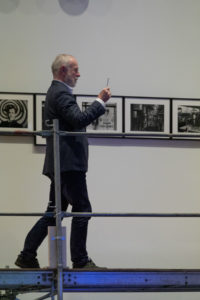 “Scott has provided the artistic and curatorial vision that has built the Belkin Gallery into the stellar and progressive home for engaging with contemporary art and that has given the Belkin an enviable and leading reputation among university galleries,” said Dr. Gage Averill, Dean of the Faculty of Arts at UBC. “Scott’s passion and advocacy for the Gallery has been a constant. It is, in fact, hard for me to disentangle Scott from the Gallery that he led with such grace, vision, wit, honesty, curiosity and care for so many years, precisely because he imparted so much of his persona to the Gallery.”
“Scott has provided the artistic and curatorial vision that has built the Belkin Gallery into the stellar and progressive home for engaging with contemporary art and that has given the Belkin an enviable and leading reputation among university galleries,” said Dr. Gage Averill, Dean of the Faculty of Arts at UBC. “Scott’s passion and advocacy for the Gallery has been a constant. It is, in fact, hard for me to disentangle Scott from the Gallery that he led with such grace, vision, wit, honesty, curiosity and care for so many years, precisely because he imparted so much of his persona to the Gallery.”
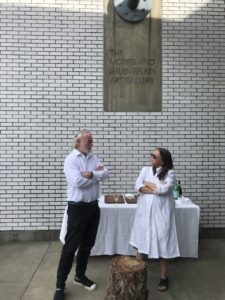
Indeed, throughout his career Watson has been an unwavering supporter of the arts and an articulate proponent of the role of the artist in society. His remarks at the opening of the 2012 Master of Fine Arts Graduate exhibition are a testament to this: “For many of us, an engagement with art is a given of how we lead our lives – we think it is necessary. But many people don’t. This exhibition of our graduating students reminds us of what it is that is so necessary about art and why it has a place in the university. The intellectual rigor and critical enquiry that set these works in motion are good places to start. But there is more than that. There is the relentless pursuit of something like an examination of self, of one’s relation to a truth. This is something that takes considerable bravery and I want to commend our graduates for their bravery in showing their work with us.”
Please join us in congratulating Scott and extending our sincere thanks to him for shepherding the Belkin from its earliest years to its present iteration as a highly respected, world-class gallery and for always striving to do so with integrity, honesty and sincere and deep thoughtfulness.
Lorna Brown, who has been the Belkin’s Associate Director/Curator since 2015 and served as Acting Director from July 2018 to June 2019, will step in as Acting Director/Curator beginning July 1 to bridge to the appointment of a new director. An international search process for this appointment is currently underway.
-
Scott Watson
Scott Watson (Canadian, b. 1950) is Director Emeritus and Research Fellow at the Morris and Helen Belkin Art Gallery, University of British Columbia. A curator whose career has spanned more than thirty-five years, Watson is internationally recognized for his research and work in curatorial and exhibition studies, contemporary art and issues, and art theory and criticism. His distinctions include the Hnatyshyn Foundation Award for Curatorial Excellence in Contemporary Art (2010); the Alvin Balkind Award for Creative Curatorship in BC Arts (2008) and the UBC Dorothy Somerset Award for Performance Development in the Visual and Performing Arts (2005). Watson has published extensively in the areas of contemporary Canadian and international art. His 1990 monograph on Jack Shadbolt earned the Hubert Evans Non-Fiction Prize in 1991. Recent publications include Letters: Michael Morris and Concrete Poetry (2015); Thrown: British Columbia’s Apprentices of Bernard Leach and their Contemporaries (2011), a finalist for the 2012 Roderick Haig-Brown Regional Prize; “Race, Wilderness, Territory and the Origins of the Modern Canadian Landscape” and “Disfigured Nature” (in Beyond Wilderness, McGill University Press, 2007); and “Transmission Difficulties: Vancouver Painting in the 1960s” (in Paint, Vancouver Art Gallery, 2006).
Read More
Related
-
News
24 Mar 2025
The Belkin Welcomes Tania Willard as Director/Curator
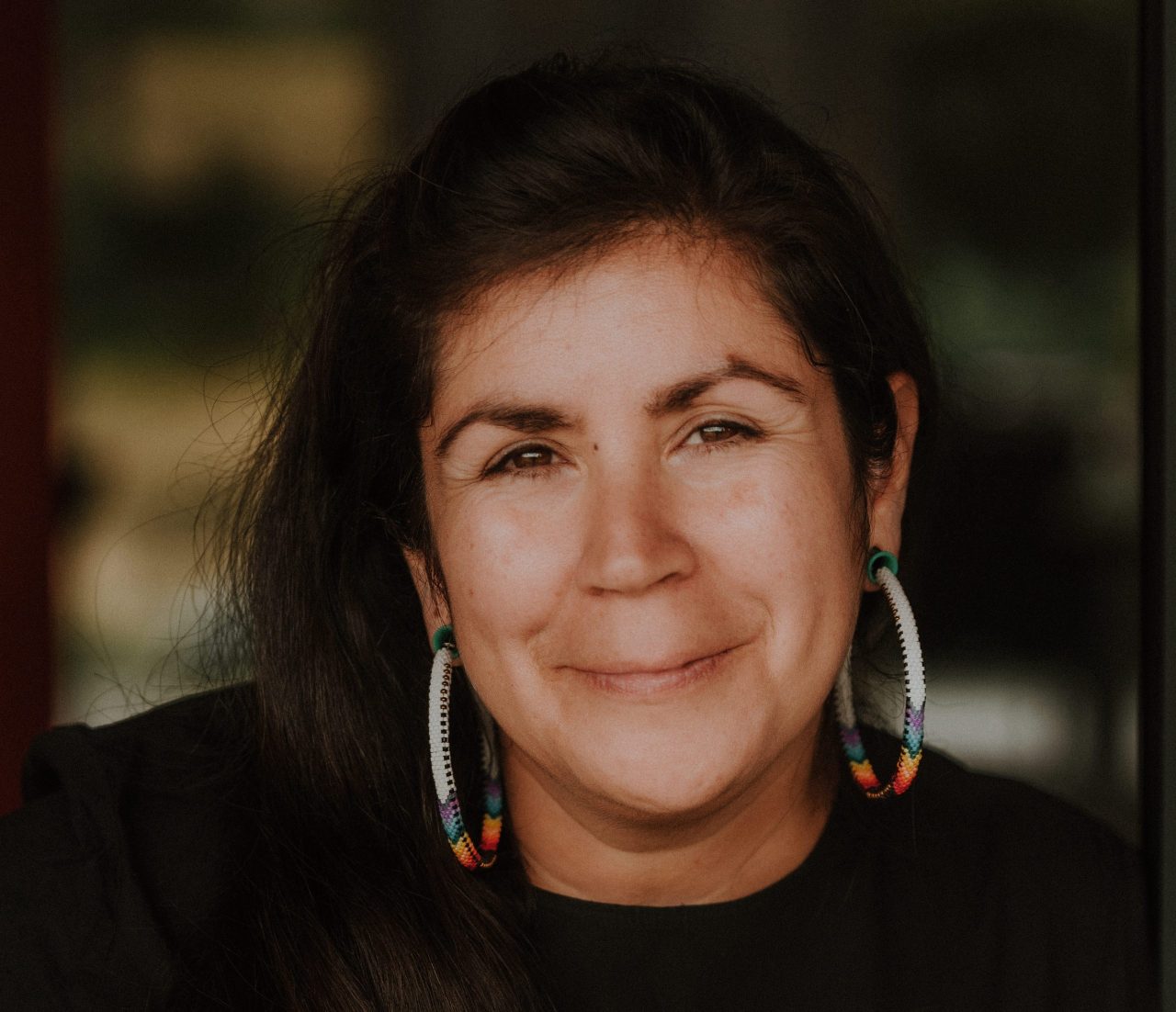
The Morris and Helen Belkin Art Gallery at the University of British Columbia is thrilled to announce that Tania Willard has been appointed the gallery’s Director/Curator beginning January 1, 2026.
[more] -
News
04 Jan 2022
Melanie O’Brian Joins the Belkin as Associate Director/Curator
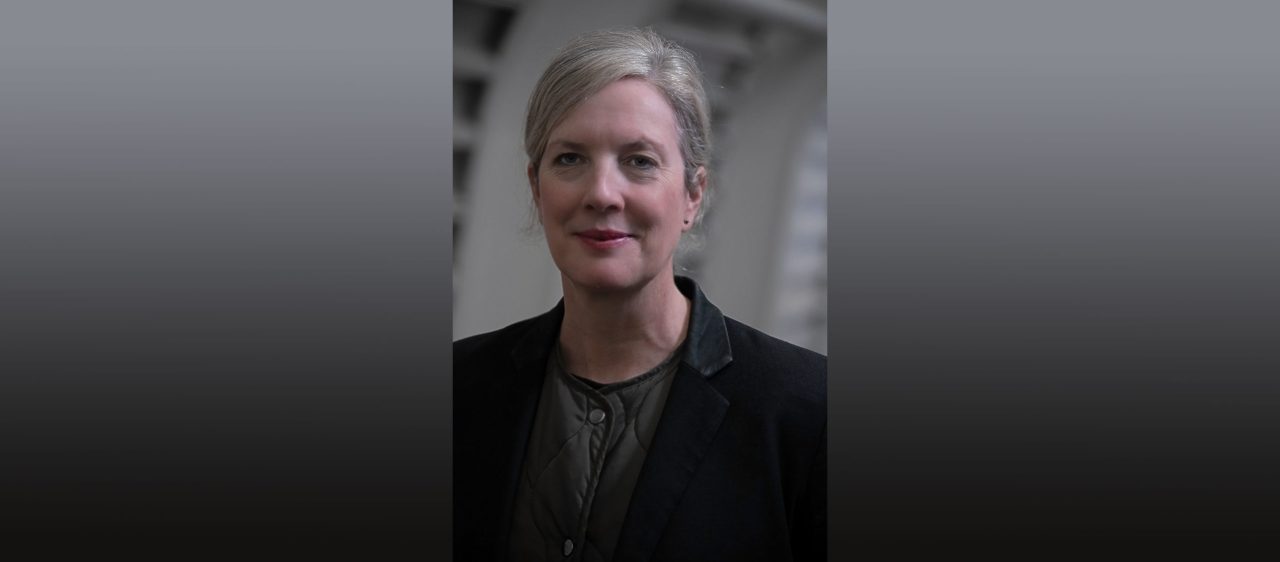
The Morris and Helen Belkin Art Gallery at the University of British Columbia is pleased to announce that Melanie O’Brian has been appointed the gallery’s Associate Director/Curator beginning December 13, 2021. O’Brian will step in as Acting Director for a 12-month period, commencing January 1, 2022 while the Belkin’s Director/Curator search continues.
[more]